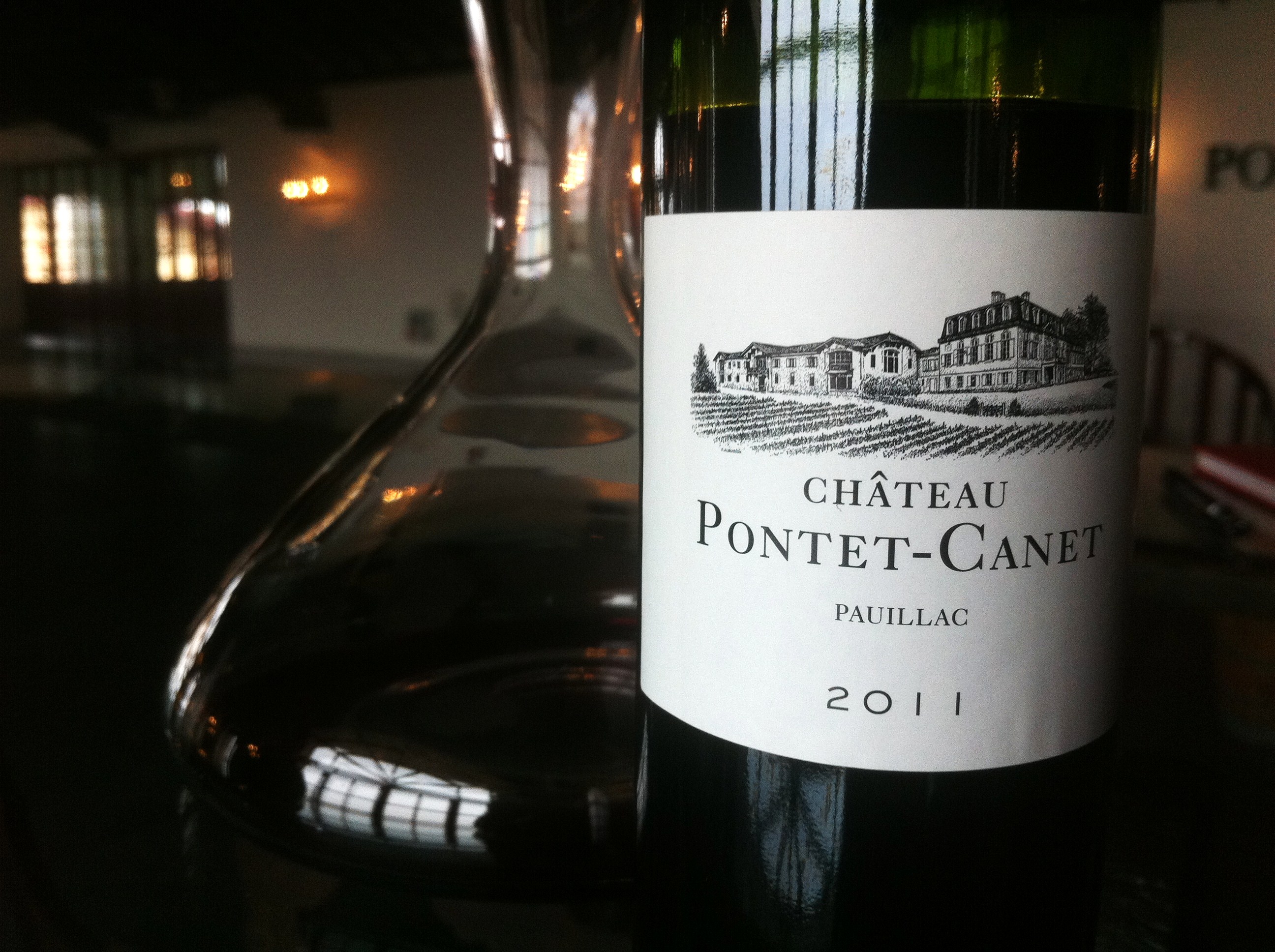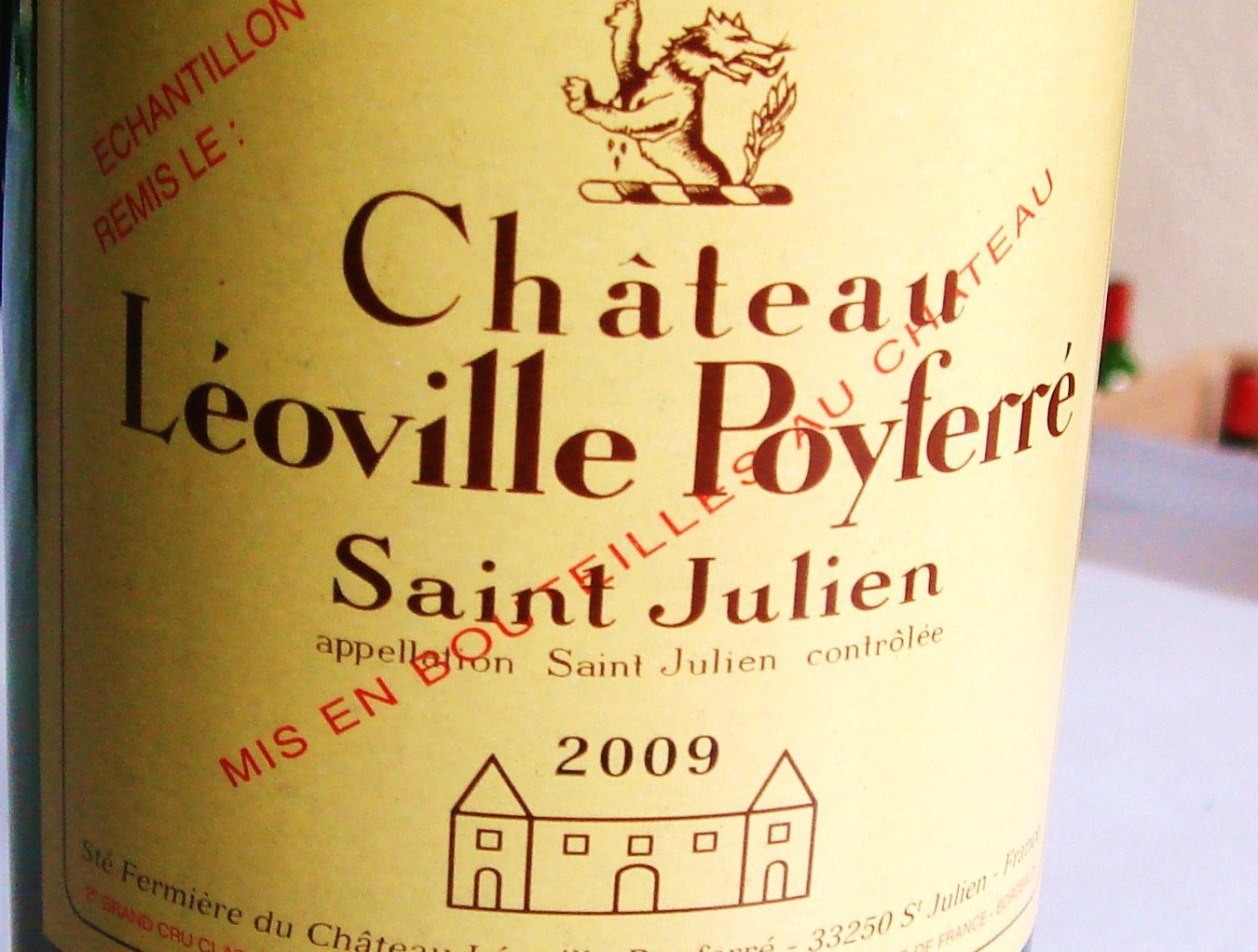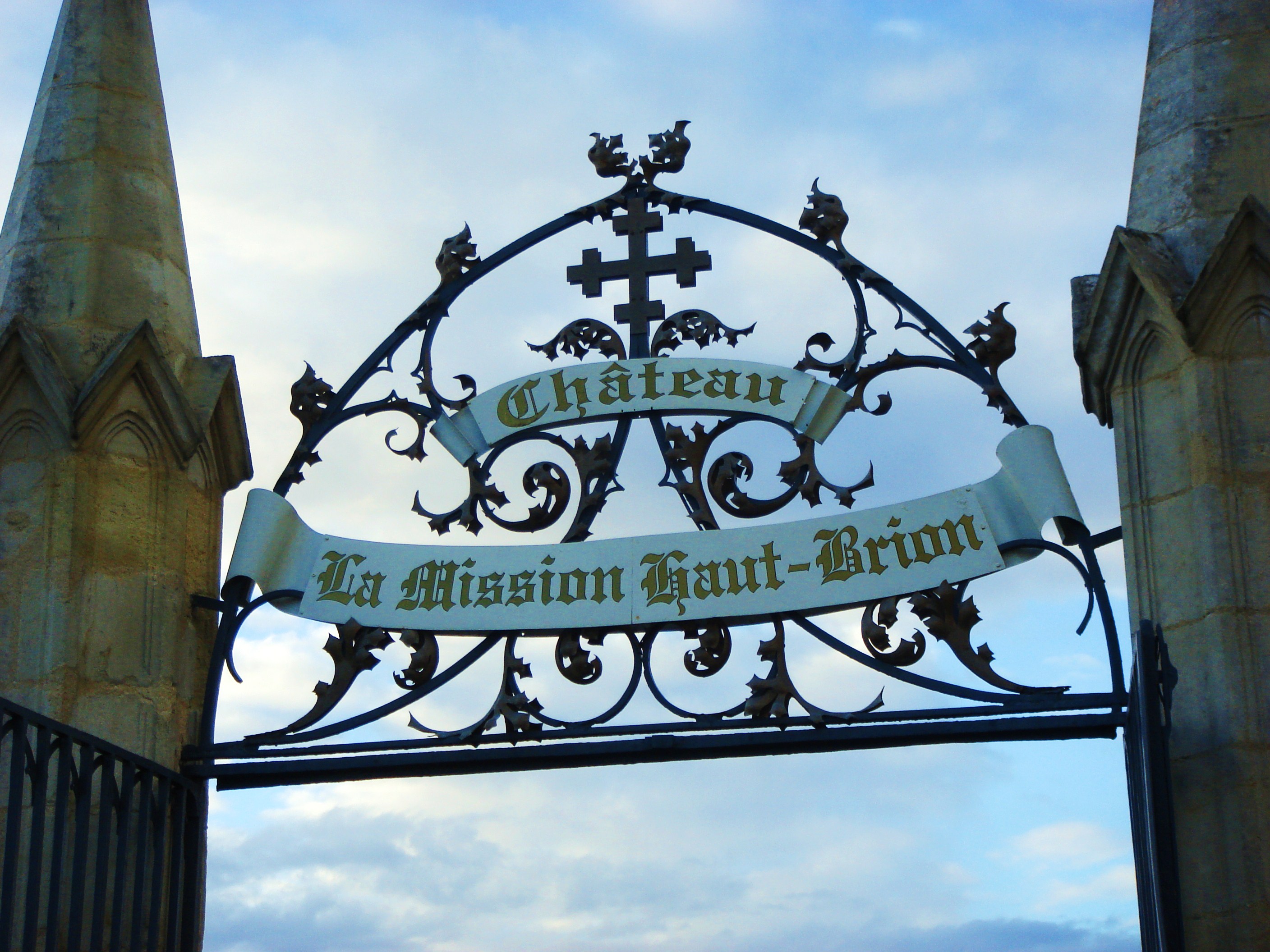Bordeaux 2009 – Then and Now
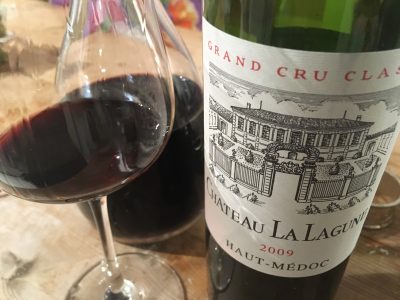
The debate between the relative merits of Bordeaux 2009 and 2010 continue. Although it didn’t quite generate a twitter spat, Jamie Goode’s recent suggestion on the platform that people sell their 2009s before the vintage is rumbled, did provoke a number of other tweeters to stick the boot into the vintage. ‘Mushy’, over-rated, lacking focus and fast maturing were just some of the less positive comments. Many, it seems, are now devotees of 2010 and wouldn’t go near 2009 with a barge pole. Personally, this seems a bit of an overcorrection. Of course, 2009 was always controversial, both for the easy pleasures it offered during primeurs and in bottle, but also for Robert Parker’s huge early praise as the best young Bordeaux vintage he had ever tasted. The subsequent hefty price hikes by the châteaux themselves, who cashed in during one of the longest primeurs campaigns, also alienated the market, especially after those who invested never saw much of an appreciation on their assets. It is worth noting that prices haven’t shifted up much in a decade and Lafite remains almost half its release price. So, as the wines enter their twelfth year, what should we really make of Bordeaux 2009 now?
I have to admit that I haven’t been particularly scientific here. I’m drawing conclusions in this piece on recent tastings of wines that I bought en primeur, not from large merchant or producer tastings. The last time I had opportunities to do large horizontals of these vintages was the MW Institute’s tastings in 2013 and 2014. You can read my assessments back then on 2009 here and 2010 here.
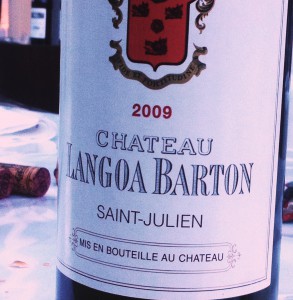
From the off the vintages were the proverbial chalk and cheese. 2009 was super flamboyant and heady in alcohol, the product of what has described as a ‘deckchair’ vintage – where the harvest and picking conditions were sublime, allowing châteaux to pick and choose at leisure how much hang time and heady ripeness they wanted to capture [arguably, in hindsight, perhaps too much leisure was taken…]. Early on there was no denying the beauty of 2009 from barrel. They were delicious – ripe, low acid wines, full of fruit with, what were then, record alcohols. I remember sitting next to Stephen Spurrier in the lounge at Bordeaux Mérignac airport having finished a week tasting the wines in April 2010, overhearing him talk on the phone to Decanter [he was covering Bordeaux primeurs for the magazine] describing it as the most incredible young Bordeaux vintage he had ever tasted.
2010, was a different beast entirely. It was the product of so called ‘cool maturity’ – a dry summer but not as warm as 2009. It yielded wine statistically similar to 2009, but in its texture and tone, it was altogether more classic, tighter and noticeably more tannic. Slightly more studied and the intellectual of the two, it was portrayed as the brains of the non-identical twins, and from the off cited by many of Bordeaux’s leading winemakers as the better of the two vintages, once both were in bottle.
Trying to be dispassionate here [and difficult when you’ve filled your boots with a particular vintage as I have with 2009] from the wines I’ve had across the last few months, there is perhaps a little less consistency than you would imagine, now that the wines have some bottle age. Some definitely are more evolved and some lesser wines were probably better in their first decade than in their second, but this is to be expected and, also, this is not always the case.
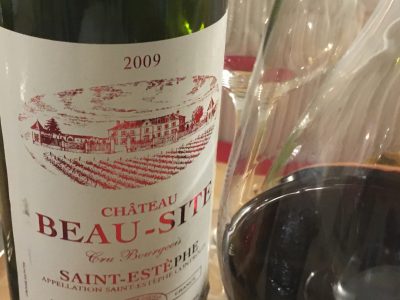 In St Estèphe, Château Beausite, for example, was better in its first five years when the fruit and the enticing pain grillé notes were gorgeous. Inexpensive St Estèphe could get no better. Now, more than a decade on, there are plenty of savoury flavours and earthy tones, with notes of leather and spice. It has the structure to last longer but it’s certainly not going to improve. Château Le Crock, on the other hand, and also from St Estèphe, is a different kettle of fish. This showed wonderful purity straight out of the gate but its development has slowed down in bottle. Now it starts off feeling a little backward and brooding, and needed time for it to sort itself out, but when it opened up, wow!
In St Estèphe, Château Beausite, for example, was better in its first five years when the fruit and the enticing pain grillé notes were gorgeous. Inexpensive St Estèphe could get no better. Now, more than a decade on, there are plenty of savoury flavours and earthy tones, with notes of leather and spice. It has the structure to last longer but it’s certainly not going to improve. Château Le Crock, on the other hand, and also from St Estèphe, is a different kettle of fish. This showed wonderful purity straight out of the gate but its development has slowed down in bottle. Now it starts off feeling a little backward and brooding, and needed time for it to sort itself out, but when it opened up, wow!
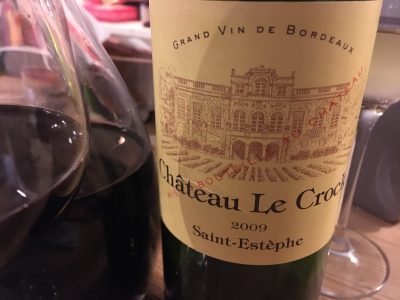 Tasted in January Le Crock ’09 after an hour in the decanter it showed superb power and purity with remarkable depth on the palate and excellent length. This wine has another decade left in it and will improve further I reckon. Given it was less than £15 [$20] on release, it’s proved a bargain. Château Lafon Rochet dazzled from barrel and marked a new high point in the wine at the time of release. It has also been followed by impressive wines in 2010, 2014, 2016 and 2018, while the 2019 is a new quality benchmark at this St Estèphe estate run by Basile Tesseron. Still, the 2009 doesn’t disappoint a decade on. There is warmth and depth to the fruit, wonderfully supple tannins and excellent length on the finish. No hurry here to drink up and it should improve further.
Tasted in January Le Crock ’09 after an hour in the decanter it showed superb power and purity with remarkable depth on the palate and excellent length. This wine has another decade left in it and will improve further I reckon. Given it was less than £15 [$20] on release, it’s proved a bargain. Château Lafon Rochet dazzled from barrel and marked a new high point in the wine at the time of release. It has also been followed by impressive wines in 2010, 2014, 2016 and 2018, while the 2019 is a new quality benchmark at this St Estèphe estate run by Basile Tesseron. Still, the 2009 doesn’t disappoint a decade on. There is warmth and depth to the fruit, wonderfully supple tannins and excellent length on the finish. No hurry here to drink up and it should improve further.
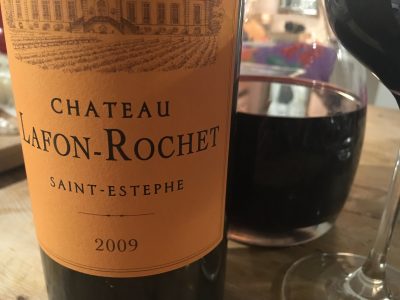
Like a great many other people, I‘ve been a keen follower of Ben Sichel’s Margaux, Château Angludet. Over the years, I’ve bought the 2000, 2003, 2005 and 2006 vintages, along with 2009. There is no doubt that this 2009 has lots of depth and matter, with mocha and black fruit tones, but it now seems a little less focused than it did early on, with the richness of the vintage taking over.
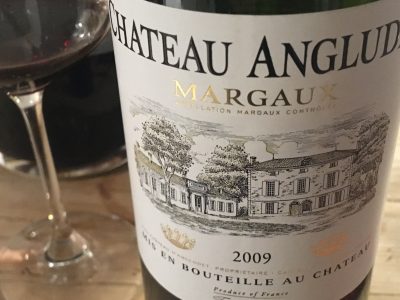 In that sense it doesn’t have the brilliance for me that the 2005 displayed at the same stage. In some cases, 2009 was a tricky vintage in Margaux and overly late picking and over-extraction was an issue in a few wines in the appellation even early on [though not admittedly an issue in Ben Sichel’s case], looking back at my original Margaux primeurs report here. Château Prieuré Lichine was part of a mixed case of Bordeaux I’d got from the Wine Society. Today this is chunky and rich but shows less finesse than I’d hoped, although there is plenty of ripe fruit and material. Still in Margaux, Château Monbrison, however, has managed to retain all the excitement of youth now that it has entered middle age. No accelerated ageing here. It has been a beauty from the outset and remains wonderful now. It is still displays remarkably pure plummy tones and soft yet considerable tannins. Prices have gone up a little at Monbrison in recent years, so if you spot this around on merchant lists at a reasonable price you’ll be buying into a hugely satisfying glass of Bordeaux that shows the joy and verve that this vintage can deliver.
In that sense it doesn’t have the brilliance for me that the 2005 displayed at the same stage. In some cases, 2009 was a tricky vintage in Margaux and overly late picking and over-extraction was an issue in a few wines in the appellation even early on [though not admittedly an issue in Ben Sichel’s case], looking back at my original Margaux primeurs report here. Château Prieuré Lichine was part of a mixed case of Bordeaux I’d got from the Wine Society. Today this is chunky and rich but shows less finesse than I’d hoped, although there is plenty of ripe fruit and material. Still in Margaux, Château Monbrison, however, has managed to retain all the excitement of youth now that it has entered middle age. No accelerated ageing here. It has been a beauty from the outset and remains wonderful now. It is still displays remarkably pure plummy tones and soft yet considerable tannins. Prices have gone up a little at Monbrison in recent years, so if you spot this around on merchant lists at a reasonable price you’ll be buying into a hugely satisfying glass of Bordeaux that shows the joy and verve that this vintage can deliver.
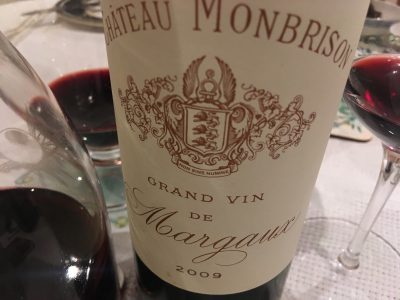
Nearby in Moulis, Château Poujeaux is soft and ready to drink. I’ve already worked my way through a few bottles of this. It is forward and although I’d expect it to hold further, there is really no need to wait, and it is perhaps not quite delivering on what I considered to be extraordinary promise at the time of primeurs, but it’s still good wine. Château La Lagune, surely Bordeaux’s top estate under the Haut-Médoc appellation, produced stunning wine in 2005, and this wine still eclipses the 2009 here for me. That said the 2009 shows plenty of ripe fruit and extract and is a wine that is rich in flavour. It’s very good but there isn’t quite the delicacy and focus aromatically of the 2005.
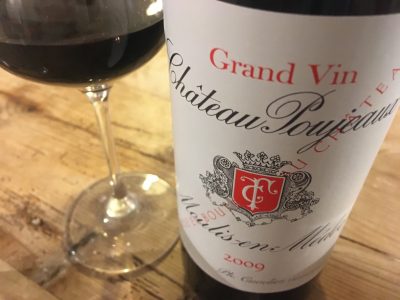
Château Cissac is a reliable Haut-Médoc which is well known in the UK. It produces traditional Bordeaux, which is somewhat similar in style to Pauillac, the appellation to which it is a neighbour. Cissac 2009 is drinking well now. I purchased magnums so they might be a little less evolved than the regular bottlings but will doubtless age well, given the balance and the freshness here. Cissac has a reputation of being long-lived.
Talking Pauillac, I also had a bottle of Château Batailley recently from a friend’s cellar. I took no notes unfortunately but I thought this was showing well and better than I’d been recently led to believe. It displayed plenty of textbook blackcurrants and showed good purity, which was in contrast to some recent reviews I’ve seen attributed to The Wine Advocate. It is certainly drinking well, and I’d expect this Batailley to improve further.
Finally, in St Julien, Château Langoa Barton is all that you would expect from this super reliable property. Darkly coloured, this 2009 shows wonderful purity and freshness and plenty of blackcurrant fruit and spice. It is still youthful and clearly has a lot of development ahead of it. Anthony Barton makes wines with an emphasis on freshness and classicism. Both Château Langoa Barton and sibling Château Léoville Barton, were really impressive to me early on during primeurs and when in bottle [and frankly always impress me at trade tastings] and my do they age superbly, taking their time in bottle to peak. So if you have any Langoa 2009 I’d certainly hold on to it for now. It will reveal much more with another five to ten years I reckon. The 2000 vintage, drunk over the holiday season this year, was firing on all cylinders, now just into it’s third decade.
So, to conclusions. Obviously, this is a fairly narrow and unscientific look at the 2009 vintage, focused on certain left bank Haut-Médoc appellations, majoring on St Estèphe and Margaux [which gives away my biases, although there has been more St Emilion creeping into my recent purchases]. The detailed notes on the wines below are all what I’d call affordable Bordeaux [at least affordable to me!].
Yes, there is a vintage stamp to the wines, perhaps a little like 1982, with the warmth and the ripeness of the wines standing out, perhaps above the specificity of the terroir in certain wines. The vintage is less aromatically complex for certain properties, as if the richness and power of the vintage clouds the finesse and precision. Here I’m thinking Angludet, La Lagune and Poujeaux specifically in these notes.
Yet other properties in St Julien, Pauillac and St Estèphe have retained their freshness, and perhaps it is in these northern appellations where ultimately the best wines of the vintage have been made, thinking here not just in this recent experience of tasting wines I purchased and cellared myself, but in my earlier encounters with the vintage during primeurs both a decade ago and at trade tastings later on.
So, should you, as Jamie Goode suggests, flog your 2009s? Personally, I’d set about drinking them. Some are definitely ready, but others, especially from St Estèphe, Pauillac and St Julien will last the distance. If anything, it might be worth considering adding to your stocks of certain wines, given that prices haven’t shifted much and that they are now all starting to drink well. Whether you opt for 2010 over 2009 is up to you. Unfortunately I’ve not enough 2010s cellared to do an adequate comparison, but I’d like to organise a more comprehensive blind tasting comparison of the two in the future. Do let me know about your experiences of the 2009 vintage [and 2010] in the comments section of the blog or on Twitter @Jeremyonwine
The following notes were taken variously over the past six months.
St Estèphe
Château Beausite, St Estèphe, 2009
Red; little brick at the edge; roast meat, spices, leather and savoury tones; fully mature; was sexier in its youth with lots of plum and pain grillé notes – that’s gone now; earthy and savoury palate with rounded tannin on the finish. This is probably for drinking up. Drink now-2022. 87
Château Le Crock, St Estèphe, 2009
Deep and still opaque at centre; earthy and youthful still; blackcurrants, smoke and spice; pure and very strong; inky; this still has enormous power; considerable depth on the palate and purity; this almost needs another few years but it opens up well in – in fact it still displayed strong blackcurrant aromatics after a day in a closed decanter. This is a super impressive ’09 St Estèphe – I only wish I’d bought more than a six bottle case. Drink now-2035. 93
Château Lafon Rochet, Grand Cru Classé, St Estèphe
Deep and dark; little brooding at first, this has plenty of depth and concentration; lacks a little complexity and still feels rather primary; plenty of ripe black fruits – blackcurrants and plums on the palate; tannins, and there are a lot of them, are ripe and well handled. This wine has not yet delivered fully on its primeur promises and I still feel this needs a little more time. No need to worry though as far as I can see. Drink now-2030. 92
Margaux
Château Angludet, Margaux, 2009
Deeply coloured; earthy red at edge; legs; ripe fruit – satin quality here; some plums and tobacco leaf with mocha notes and black cherry; sophisticated; has power and depth on the palate and plenty of middle; lots of texture; plum and spice tones dominate the palate; this is actually quite structured by the tannins are supple and the extraction has been gentle. Good length. I think the 2005 was even better from memory at a similar age, but this is a lovely, supple yet full Margaux. 13.5%. Drink now-2029. 92+
Château Monbrison, Margaux, 2009
Deep at centre; red at edge; legs; black fruits, blackcurrants, plums and spices; some damson; ripe and sweet but showing beautifully; really pure; plenty of lush fruit and extract on the palate; this is substantial but also super joyful; tannins are wonderfully soft and succulent. This still has a decade or more ahead of it – certainly not an ’09 that shows accelerated ageing. That said, it is beautiful to drink now [and has been since bottling]. Wish I had bought a couple of cases, not just one. Drink now-2029. 93+
Château Prieuré Lichine, Grand Cru Classé, Margaux, 2009
Deep; opaque at centre; full with some dusty tannins on the nose; chunky on the palate with plenty of structure, chocolate notes on the finish. This is solid Margaux that lacks finesse but has power and weight. Drink now – 2028. 90
Moulis
Château Poujeaux, Moulis, 2009
Deep; red at edge; ripe blackcurrants and plums with savoury notes; soft palate which feels relatively forward and ready to drink. Soft tannins on the end. Drink now – 2025. 89
St Julien
Château Langoa Barton, Grand Cru Classé, St Julien, 2009
Deep; little brooding initially but opens up to reveal beautifully pure blackcurrant fruit; fresh and deep; plenty of blackcurrant fruit and spice on the palate; feels still at the primary stage here – this has a long future ahead I reckon – and the wine is yet to pick up significant secondary flavours or aromatics. Tannins ripe and alcohol balanced. This is pure and fresh St Julien which has years ahead. Drink 2023-3035. 94
Haut-Médoc
Château Cissac, Haut-Médoc, 2009
Mid depth; fresh; needed time to open up; blackcurrants and some spices; nicely balanced palate which retains freshness and a certain elegance; not a blockbuster but a considered and elegant 2009, and which will age further. In the best years Cissac always reminds me of a lighter Pauillac. Drink now-2025. 88
Château La Lagune, Grand Cru Classé, Haut-Médoc, 2009
Deep; dark a centre; rich and ripe; almost Napa-eqsue quality here; plenty of depth of fruit; ripe and round; there is structure and lots of material in this La Lagune. The concentration is impressive and the tannins ripe and round. This is very good La Lagune for sure but it doesn’t manage the delicacy and aromatic complexity of the 2005 vintage for me at a similar stage. Drink now-2030. 93
Tags: bdx09, Bordeaux, Bordeaux 2009, Chateau Angludet, Chateau Batailley, Chateau Beausite, Chateau Cissac, Chateau La Lagune, Chateau Lafon-Rochet, Chateau Langoa Barton, Chateau Le Crock, Chateau Monbrison, Chateau Poujeaux, Chateau Prieuré-Lichine, Grand Cru Classé, Haut Médoc, Margaux, Pauillac, St Estèphe, St Julien, vin, wine
